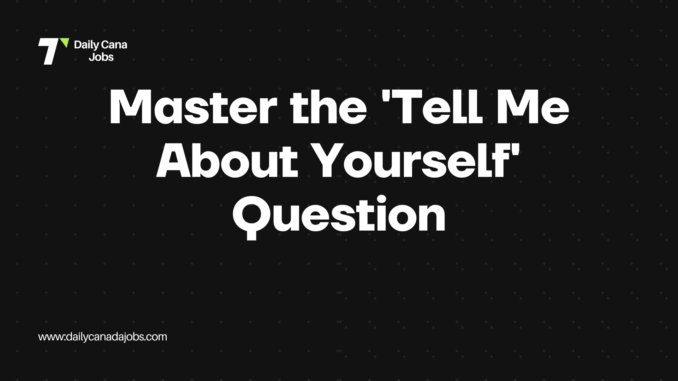
While you focus on perfecting your verbal responses, hiring managers are reading your body language—often unconsciously. Research shows that nonverbal cues account for 55% of the impression you make, compared to just 7% for the actual words you speak. These subtle physical signals can undermine even the most impressive qualifications and interview answers.
The Handshake That Dooms You in Seconds
The interview handshake creates a powerful first impression that’s difficult to overcome:
The Career-Killing Mistake: The “dead fish” (limp, clammy) or “bone crusher” (overly aggressive) handshake.
The Fix: Aim for a firm, dry handshake with full palm contact and 2-3 pumps. Practice with friends for honest feedback. In virtual interviews, replace this with excellent posture when you first appear on screen.
Expert Insight: “We make judgments about competence and confidence within the first seven seconds of meeting someone,” says body language expert Carol Kinsey Goman. “A proper handshake signals both.”
Posture Problems That Signal Insecurity
Your seated posture communicates volumes about your confidence and engagement level:
The Career-Killing Mistake: Slouching, leaning too far back (appears disinterested), or perching on the edge of your seat (appears nervous).
The Fix: Sit with your lower back against the chair, shoulders relaxed but straight, and a slight forward lean (about 10 degrees) to demonstrate engagement. Keep both feet on the floor.
Expert Insight: “The ideal posture communicates both confidence and attentiveness,” says executive coach Patti Wood. “Think of your spine as a string being gently pulled upward from the top of your head.”
Eye Contact Errors That Break Trust
Eye contact directly impacts perceptions of trustworthiness and confidence:
The Career-Killing Mistake: Avoiding eye contact (appears dishonest or insecure) or staring intensely without breaks (appears aggressive or uncomfortable).
The Fix: Maintain eye contact for 5-7 seconds before briefly looking away, then re-establishing connection. In panel interviews, address the person asking the question primarily, but occasionally include others with your gaze.
Virtual Interview Adjustment: Look at your camera, not at the interviewer’s face on screen, to create the impression of direct eye contact.
Expert Insight: “The sweet spot for eye contact in professional settings is about 60-70% of conversation time,” according to communications researcher Lillian Glass, Ph.D.
Fidgeting That Broadcasts Anxiety
Small, repetitive movements dramatically undermine your perceived competence:
The Career-Killing Mistake: Pen clicking, hair touching, face touching, leg bouncing, or ring twisting.
The Fix: Channel nervous energy by keeping hands loosely clasped in your lap or resting on the table. If you must move, make deliberate gestures that emphasize points rather than random movements.
Expert Insight: “Interviewers interpret fidgeting as either dishonesty or extreme nervousness—neither of which inspires confidence in your abilities,” explains workplace psychologist Amy Cuddy.
Facial Expressions That Contradict Your Words
Your face often reveals thoughts you’re trying to conceal:
The Career-Killing Mistake: Forced smiles, frowning while listening, eye-rolling, or micro-expressions of doubt or disagreement.
The Fix: Practice “active listening face”—slight smile, occasional nodding, and eyebrows that show interest. Before interviews, warm up your facial muscles with exaggerated expressions to increase control.
Expert Insight: “Most people can’t fully control micro-expressions, which last just 1/15 to 1/25 of a second,” says facial coding expert Dan Hill. “The solution is to genuinely engage with the conversation rather than trying to mask your reactions.”
Arm Positions That Create Barriers
How you position your arms significantly impacts how approachable you appear:
The Career-Killing Mistake: Crossed arms (appears defensive or closed-minded) or arms hidden under the table (appears secretive).
The Fix: Keep arms uncrossed and visible, with open gestures that emphasize key points. Rest arms on the table or chair armrests when not gesturing.
Expert Insight: “Open arm positions signal receptiveness to new ideas—exactly what employers want to see,” notes body language expert Joe Navarro.
The Power of Mirroring
Subtle mirroring of the interviewer’s body language creates unconscious rapport:
The Career-Killing Mistake: Maintaining rigid posture regardless of the interviewer’s style, creating a nonverbal disconnect.
The Fix: Subtly adopt similar posture, speaking pace, and energy level as your interviewer—but with a 4-5 second delay so it’s not obvious.
Expert Insight: “Mirroring activates mirror neurons in the brain, creating a sense of connection,” explains social psychologist Brett Pelham. “Just ensure it’s subtle enough to remain below conscious awareness.”
Pre-Interview Body Language Preparation
Research from Harvard Business School shows that two minutes of “power posing” before an interview can significantly increase performance by reducing stress hormones and increasing confidence hormones:
- Find a private space (bathroom stall, stairwell, parking lot)
- Stand tall with feet shoulder-width apart, hands on hips or stretched overhead
- Hold for two full minutes while taking deep breaths
- Return to normal posture but maintain the feeling of confidence
By mastering these nonverbal elements of interview communication, you ensure your body language reinforces rather than undermines your qualifications—giving you a significant edge over equally qualified candidates who neglect this crucial aspect of interview preparation.
Leave a Reply